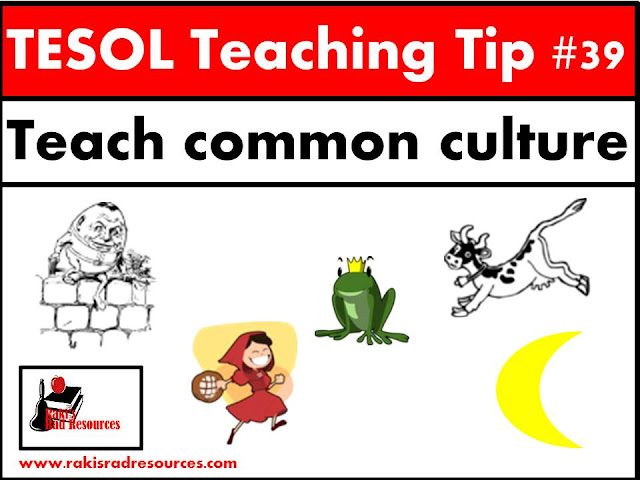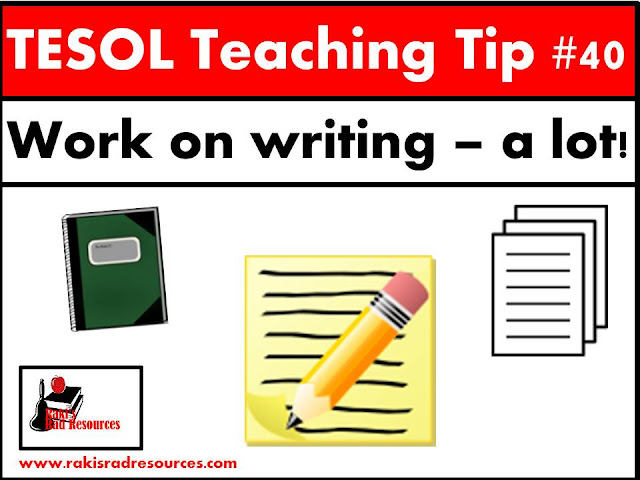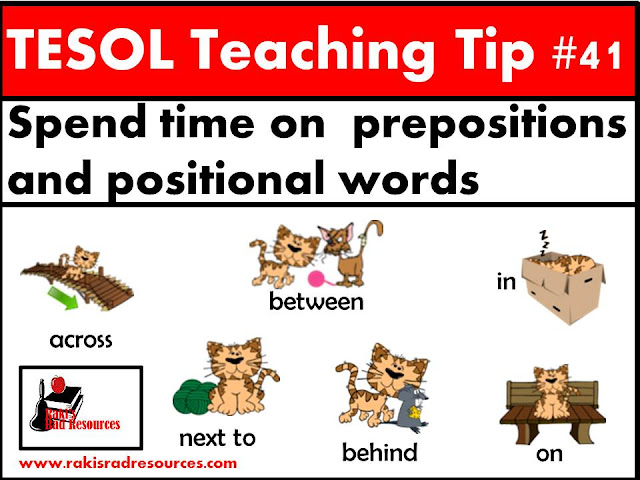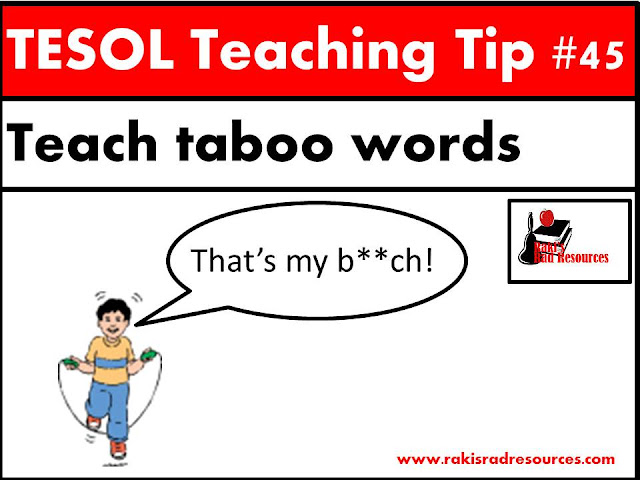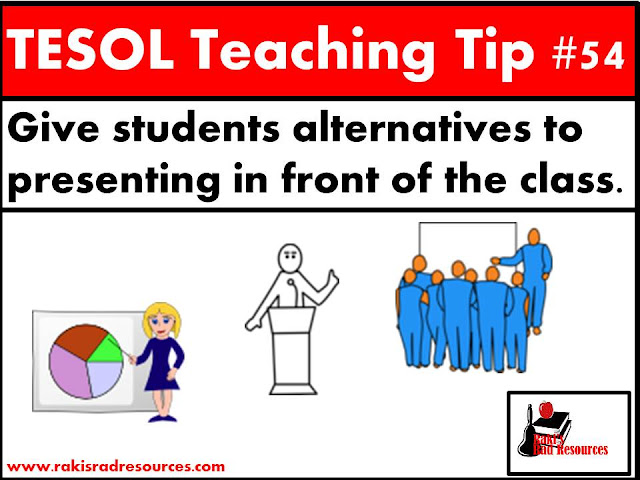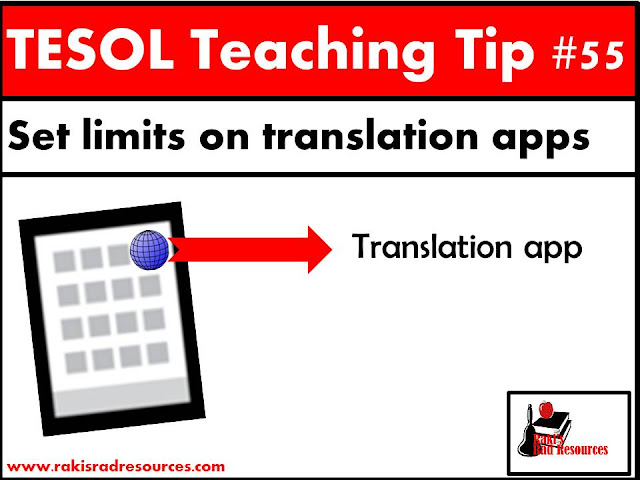Last week my students took a quiz on a passage that they had read more than five times. The students could create a story map on the story. They could identify the characters, the setting, the problem, the solution. They could each tell me the main idea and some supporting details. However, they ALL failed the quiz. Why did this happen? Well with some reflection we realized that most of the questions called for the students to utilize test taking skills.
As much as I would prefer to assess my students' understanding based on projects, essays and written short response questions where students can justify and explain their thinking. Unfortunately the reality is that most of our standardized assessments are multiple choice questions that require students to understand how to take a test. So I often find myself in need of finding a compromise, a way to teach students about taking a test without teaching "to the test". Here are the top five things that I do to prepare my students for standardized reading tests:
1.) Teach students the important things to look for. There are many cute mnemonics out there like UNRAVEL that give students the important things to look for in test questions, but I have found that these often get students focused on memorizing the mnemonics instead of really focusing in on what they need to know. Also many programs will focus on circling one thing, underlining another, etc. and then students get so focused on what they're supposed to do they forget what they're supposed to look for or how to actually answer the question. So instead, I make my students a poster like this one of important things to look out for. If you'd like to use this poster with your kiddos, feel free to grab it for free from my Teachers Pay Teacher store.
2.) Model test taking strategies. There are a few websites out there that provide you reading passages and questions that you can use to model test taking strategies with your students. Modeling can happen in a whole group or small group setting. If you have access to a projector or document camera, it is very easy to go through the process together with the students mimicking on their papers what you are doing on the screen. Here are a few websites with passages and questions:
- Readworks.org - This website includes grade and lexile leveled passages and questions, which provides for easy differentiation.
- Teachnology - There are many passages on this site, but they are not leveled in any way.
- Moby Max - With a free account you can go through a story and questions on a student's account. While you can't print out the stories, they are a bit more interactive than other passages.
- Reading A - Z - This service does come at a cost, but the cost provides you with tons of books and passages that have quizzes, comprehension sheets and lesson plans.
3.) Allow students to prepare their own questions. After you have looked at the types of questions that are commonly used in standardized tests, allow students to write their own test questions from books they have read, newspaper articles, or any of the passages on these websites, which provide passages but no questions. Students will work on test preparation, critical thinking skills and have fun being the teacher. At my Teachers Pay Teachers store, I have a simple Kids Create the Test sheet that can be used for this type of activity.
Websites with passages but no comprehension questions:
- K5 Learning
- McGraw Hill
- K12 Reading (Includes open ended comprehension questions)
- RHL School
- Teacher's Guide
4.) Require students to justify their answers and think about the text in multiple formats. Specifically if your students are taking the PARCC as their standardized assessments, they are going to be required to give proof and justify their answers. For this reason we need to make it a part of our daily routine to ask our students "Why do you think this?" or "Where in the story did you find that information?" I always ask my students to include this information in their weekly reading response journal entries. Included on the rubric is to "give information from the text to support their thinking". The more our students are thinking about why their answers are correct, the more likely they are to actually be correct.
5.) Teach specific lessons about "outside knowledge" types of questions - author's purpose, vocabulary, genres. A percentage of standardized test questions have little to nothing to do with comprehending the passages that the students are reading. Instead they are about the difference betwen science fiction and historical fiction or the meaning of a key vocabulary word. While these are important skills, they aren't the same as just understanding the passage, so we need to teach students about how to answer these types of questions. And of course we need to teach them about these concepts because that is what these questions are really testing, how well we've covered these additional text concepts. So be sure to spend some time teaching students about genres, author's purpose, reading strategies vocabulary and identifying the meaning of a vocabulary word by using context clues. I personally do two big mini lessons on these concepts at this time of the year, one on genres and the other on reading strategies, specifically the vocabulary of questions using reading strategies. Both of these power point lessons can be found in my Teachers Pay Teachers store.
Of course all of these test taking strategies are moot if students can't decode and comprehend the passages, so the most important thing that we can do for our students is to give them a solid base in reading by building phonics skills (see my phonics program), vocabulary (see my spelling and vocabulary programs) and comprehension skills (see my reading journals and in depth novel and book studies).




























































